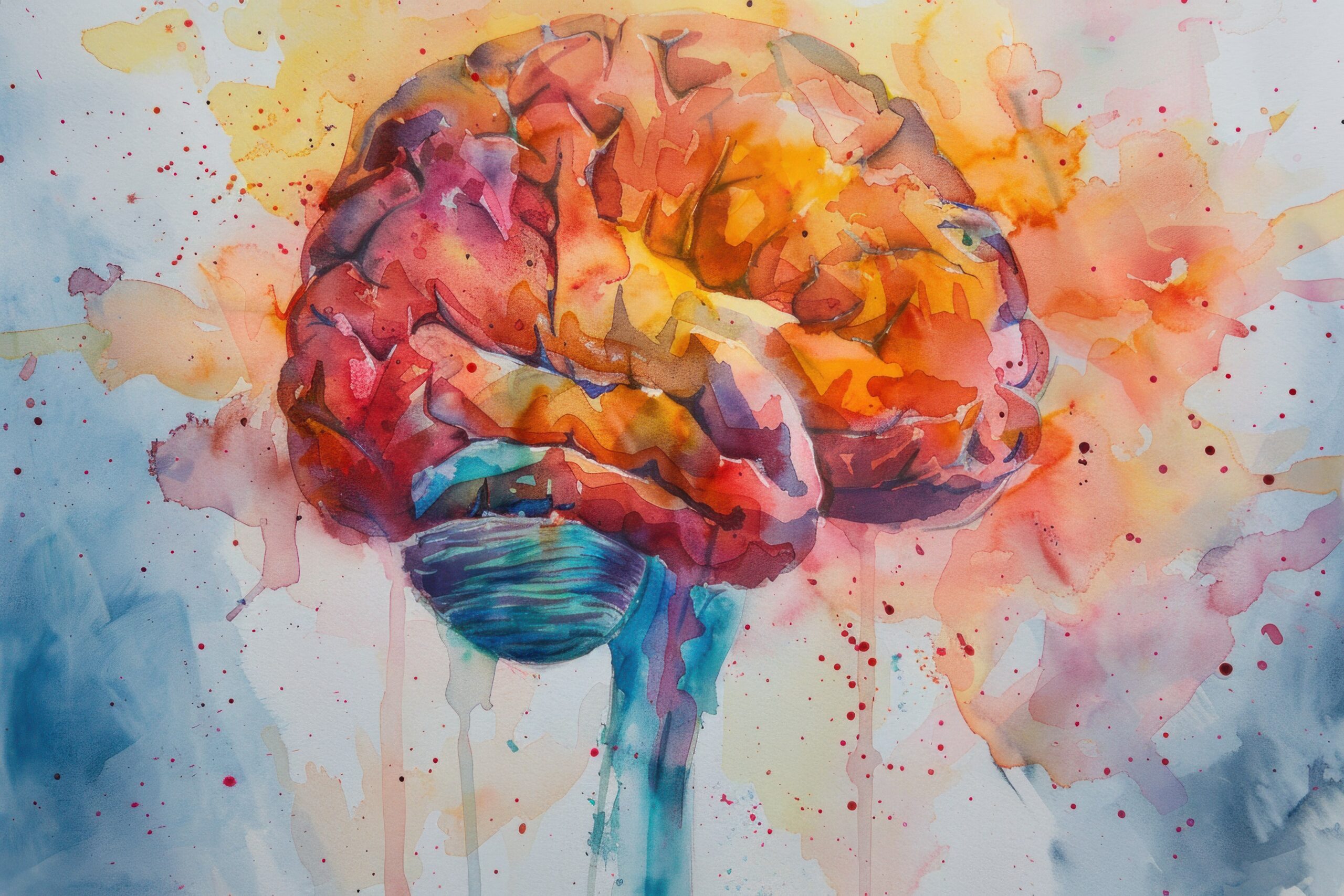(If you are already familiar with my vertical development framework, skip down two sections)
There are two different forms of development that we can focus on to develop ourselves: horizontal development and vertical development.
Horizontal development is increasing our knowledge, skills, and competencies. This form of development is valuable because it allows us to DO MORE than what we could previously. This is the most common form of development.
Vertical development is elevating our ability to make meaning of our world in more cognitively and emotionally sophisticated ways. This form of development is valuable because it helps us to BE BETTER. It is a process of upgrading our internal operating system.
The basic premise of vertical development is that those who can make meaning of their world in more cognitively and emotionally sophisticated ways will be able to more effectively navigate the situations they encounter, particularly challenging situations.
Let me give you an example. Consider receiving constructive criticism. Most people see (i.e., make meaning of) constructive criticism as an attack and get defensive. This may be justifiable, but it is not very cognitively and emotionally sophisticated. Other people see (i.e., make meaning) constructive criticism as a gift and embrace it. This is more cognitively and emotionally sophisticated. We have the sophistication to be “good” with being told we are “bad.” Who is going to navigate and benefit from constructive criticism more? Of course, the more cognitively and emotionally sophisticated.
Levels of Vertical Development
Over the last 50 years, vertical development thought leaders have mapped out different altitudes of cognitive and emotional sophistication.
I call these levels Mind 1.0, Mind 2.0, and Mind 3.0, and they are broad categorizations of our internal operating system. I’ll briefly describe them here, but if you want greater detail, click on the hyperlinks.
- Mind 1.0 – Self-protection Mode – We are programmed to ensure our safety, comfort, and belonging (i.e., standing in)
- Mind 2.0 – Self-Focused Reward Mode – We are focused on standing out. We are programmed to be recognized, win, and get ahead.
- Mind 3.0 – Contribution Mode – We are not focused on ourselves (either our standing in or standing out). Instead, we are focused on contributing to, adding value to, and lifting others.
What Type of Penguin are You?
I hope that putting labels to these different mind levels leads you to ask the question: What is my current vertical development altitude (i.e., the current level of cognitive and emotional sophistication)?
To help you answer this question, let me share a visual analogy involving emperor penguins that has been helpful to me.
To level-set, emperor penguins are the largest species of penguin. They live in colonies numbering in the thousands and spend a significant amount of time living in the harshest climate on earth: Antarctica. Every winter, to breed, these penguins hike 30-50 miles from water (their food source) and live in conditions that involve a bone-chilling -58°F (-50°C) with winds up to 125 miles per hour (200 kilometers per hour).
Mind 1.0 Penguins
Research has found that 64% of adults operate in Mind 1.0. Such individuals are like penguins that get into huddles as a way to stay warm. In fact, their goal is to get as close as possible to the center of the huddle because this is where they will feel the safest, most comfortable, and most like they belong.
Mind 2.0 Penguins
Research has found that 35% of adults operate in Mind 2.0. Such individuals do not want to be a part of the huddle. They want to stand out from and be seen and recognized by the huddle. Thus, they are focused on finding a hill or a ridge that would make for a good location to be seen and recognized by the colony. They are also conscious of other Mind 2.0 penguins who want to be seen and recognized. Wanting as many eyes on them as possible, Mind 2.0 penguins are often very competitive with each other, jockeying for a higher hill to stand on to be better seen and recognized by the huddle.
Mind 3.0 Penguins
Research has found that 1% of adults operate in Mind 3.0. Such individuals are not a part of the huddle because they are not overly concerned about their safety, comfort, or belonging. They are also not jockeying for a position to be seen and recognized. Instead, they are focused on adding value to the colony. The way I envision this is a stretch for this analogy, but I see those in Mind 3.0 as penguins who are working toward establishing a farm. They recognize that their fellow penguins are miles from their food source and that they could add a massive amount of value to their colony by providing them with sustenance.
What Type of Penguin are You?
Which type of penguin do you see the most in you?
Regardless of your answer, I encourage you to read and learn more about that particular mind level and the common characteristics that people develop in that mind level:
My Personal Answer
As I have learned about the different mind levels and have asked that question for myself, I have to admit that I have largely been a Mind 2.0 penguin. Although, I think prior to deeply learning about these different mind levels, I probably would have said that I have been a Mind 3.0 penguin.
Here is why I say this…
I believe that me writing my book (Success Mindsets), writing this blog, and doing consulting, speaking, and trainings have been my form of planting a farm that allows others to partake and gain value from. Thus, originally, I would have been inclined to say Mind 3.0.
But, what I have been wrestling with is the question: Where is the location of my farm?
After introspection, I have to admit that where I have been building my farm has probably been up on a hill or a ridge. While I have had good intentions to add value to the colony with the farm, I have also been building my farm to be seen and recognized by others.
While I do think my farm has value for the colony, there are two primary problems with the location of my farm:
- I imagine it could appear to be quite condescending to the colony for me to advertise my farm if I only advertise from the hill or ridge
- Perhaps more importantly, my farm is at a location that isn’t easy to access for the majority of the colony.
Upon realizing this, I have been working toward improving my cognitive and emotional sophistication and:
- Let go of my own fears and insecurities that have been causing me to hold on to the need to be seen and recognized
- Come down from my hill, and work toward establishing a farm that is on the same level as the majority of the colony, a place that is easier to access.
This realization and my efforts to make this happen has been a personal game-changer, and I feel like I have been approaching and serving others from a better “place.”
What Type of Penguins Do You Have in Your Organization?
How many Mind 3.0 penguins do you have in your organization? Would you like to assess that?
If you want to explore doing vertical development work in your organization to elevate your leaders’ and employees’ cognitive and emotional sophistication, feel free to connect with me here: Connect with Ryan.











2 Responses
I think that everyone operates at different “levels of mind” for different purposes. The question we should each ask is whether the level of mind with which we approaching a given thing appropriate to that thing.
I agree! There are really two questions that we need to ask ourselves: (1) What is my current altitude? and (2) What is my center of gravity?
This analogy leans a bit more toward the first one and doesn’t allow for much wiggle room in identifying the amount of time we spend at the different “locations.” Although, I was hoping my personal example would shed light on how we can have elements of multiple levels at the same time, but still carry a dominant level (i.e., center of gravity).